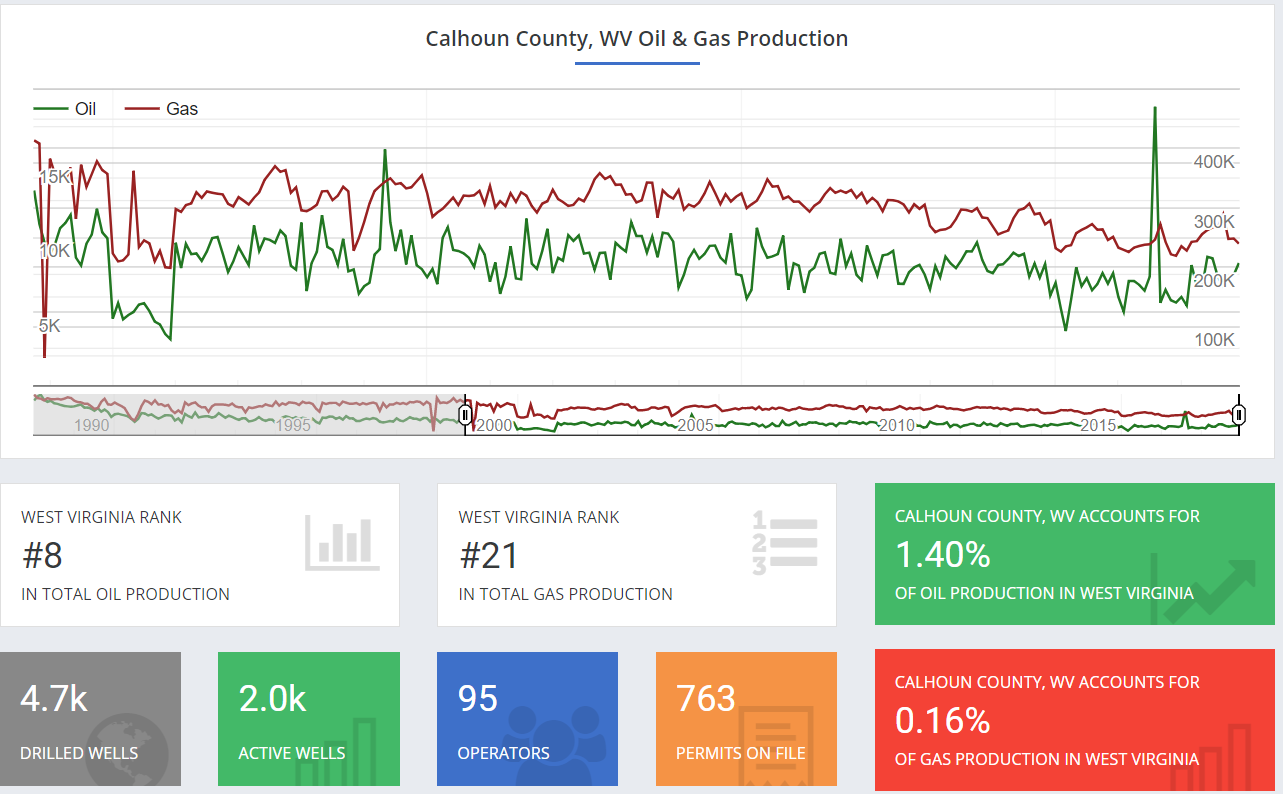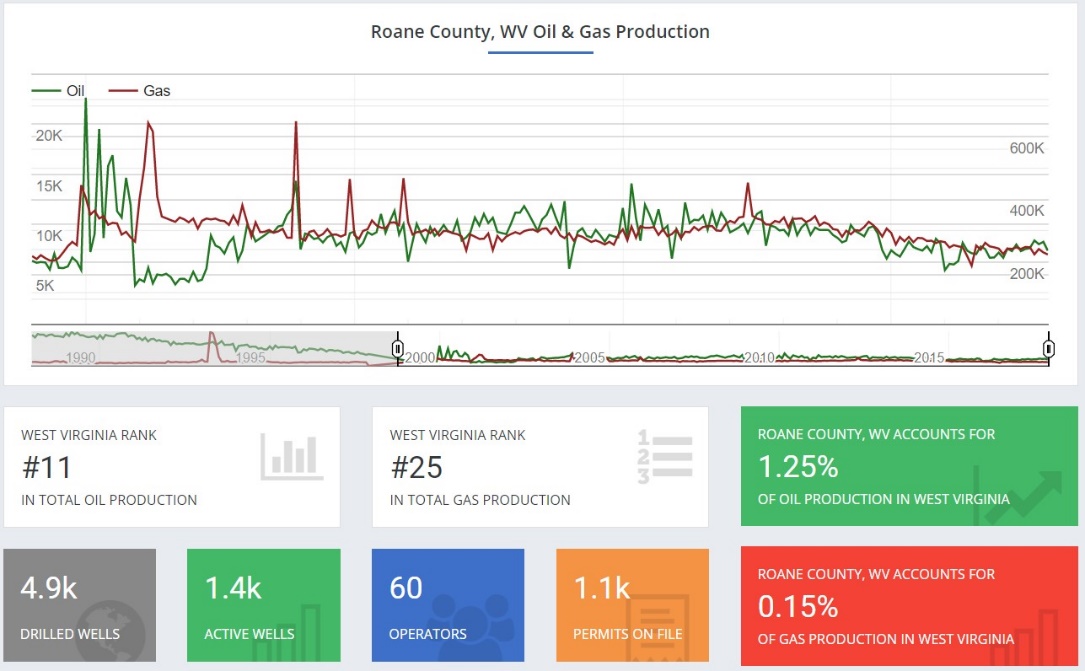A simulation is any model or context which attempts to assume an appearance of an object or event without it occurring in reality. Simulations for wells and reservoirs are a common practice in modern petroleum engineering and development. Using a computer model, the simulation attempts to mimic the appearance and behavior of the well through mathematical and physical computations in the attempt to describe the active geological processes ongoing in the reservoir. The primary purpose of such simulations is to estimate and predict mineral recovery in field settings, hypothesizing both the output and potential problems through the use of various methods such as drilling and fracking. Simulations can be complex but are inherently invaluable since they provide engineers with the ability to make educated predictions about physical wells which are costly, both financially and environmentally. Through the observation of the model and simulation of various production tools and conditions, engineers can consider a wide range of factors ranging from composition and thermal conditions to IMPES and porosity factors (“Reservoir Simulation”). In turn, optimal solutions can be found for the most efficient reservoir exploration.
The Computer Modeling Group (CMG) is the primary corporation that produces reservoir simulation software for major oil and natural gas producers. It offers several modeling techniques through its programs which can be utilized by the industry for various purposes. Its three most well-known software programs are IMEX, GEM, and STARS. IMEX is a staple of the industry, used as a black oil reservoir simulator, and considered one of the best and fastest to model recovery processes. GEM software is focused on unconventional production through equation-of-state analysis and compositional modeling. Finally, STARS is a more complex model of thermal, chemical, and other sophisticated processing meant to simulate fluid behavior and injections (“Software”). CMGs software is renowned for its accuracy, advancement, and efficiency, serving the largest companies in the industry as well as continuing to invest heavily in further research and development. Such well-designed computer software simulations are vital to the oil and gas industry as it helps to greatly improve quality, safety, and efficiency while minimizing the impact on local populations and environments, an important factor in the development of extensive wells.
The Rogersville Shale is located in North East United States including the states of Ohio and West Virginia and includes numerous wells such as the Roane and Calhoun County wells. It is part of a deep sub-basin known as the Rome Trough which began to be surveyed in the early 2000s and began drilling tests in 2015. Although organically rich, it is difficult in developing due to its depth, complex structure, and stratigraphy, particularly of the deep, fault-segmented areas. However, the mineralogy of the shale suggests it could offer significant potential to produce gas and oil because of its organic content and thermal maturity, albeit it needs to be “fractured to improve permeability” (“Information on The Rogersville Shale”).
There is a significant concentration of wells located in the Roane and Calhoun counties of West Virginia, developing the Rogersville Shale. Roane County has approximately 18.7 thousand barrels of total production (“Oil & Gas Activity in Roane County, WV”). Meanwhile, Calhoun County stands at about 20.4 thousand barrels (Oil & Gas Activity in Calhoun County, WV”). Calhoun Country has not yet undergone shale drilling, and recently, the ground was broken on an interstate pipeline stretching through both counties, suggesting that more heavy development will be underway (Mancini). Attached below are charts and statistics to better understand the state of the oil and gas drilling industry in these counties.


Works Cited
- “Information on the Rogersville Shale.” NGI, n.d., Web.
- Mancini, Jess. “Calhoun County officials, TransCanada Reps Break Ground for Compressor Station.” The Parkersburg News and Sentinel, 2018, Web.
- “Oil & Gas Activity in Calhoun County, WV.” ShaleXP, 2017, Web.
- “Oil & Gas Activity in Roane County, WV.” ShaleXP, 2017, Web.
- “Reservoir Simulation.” Oil&Gas Portal, n.d., Web.
- “Software.” CMG, n.d., Web.